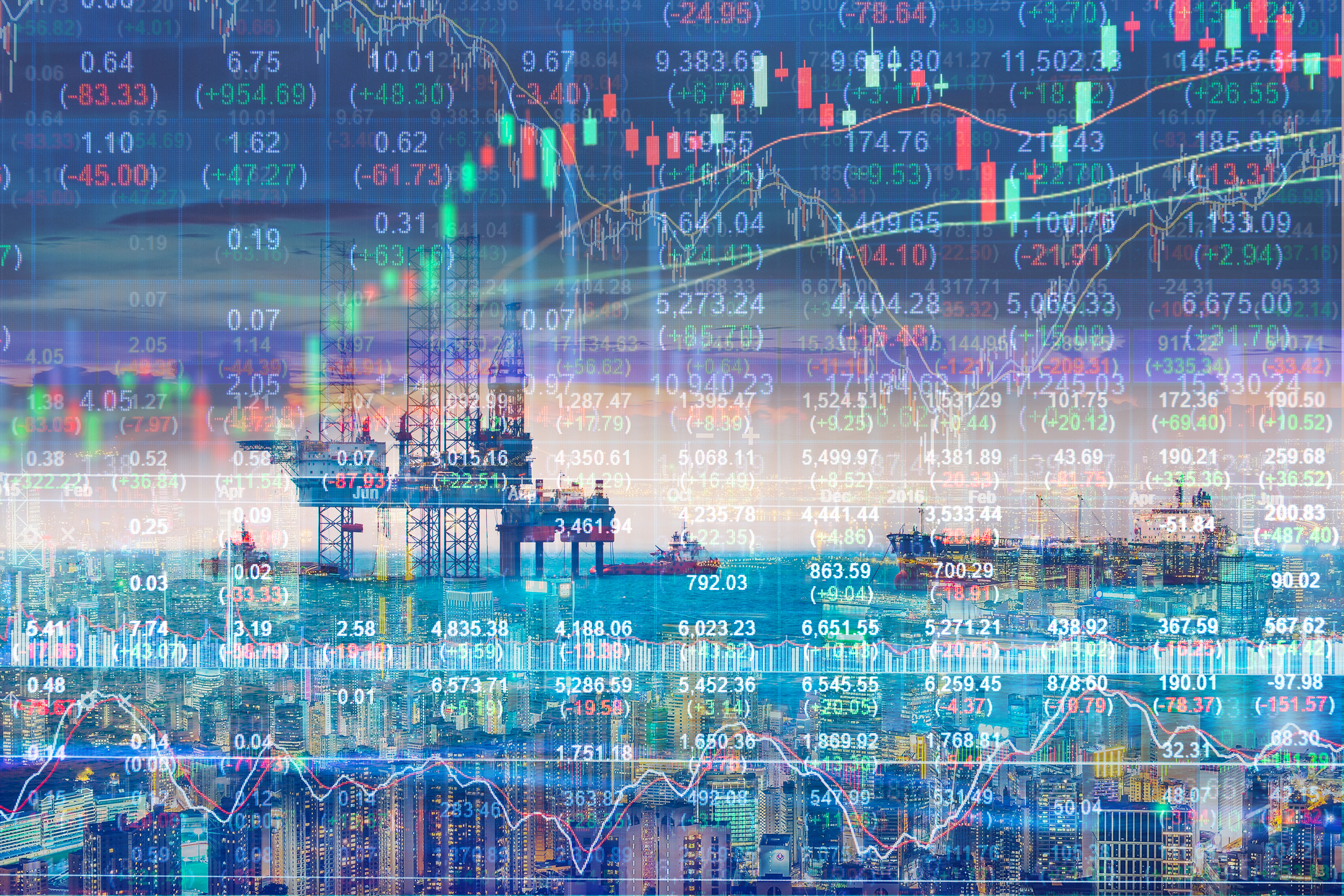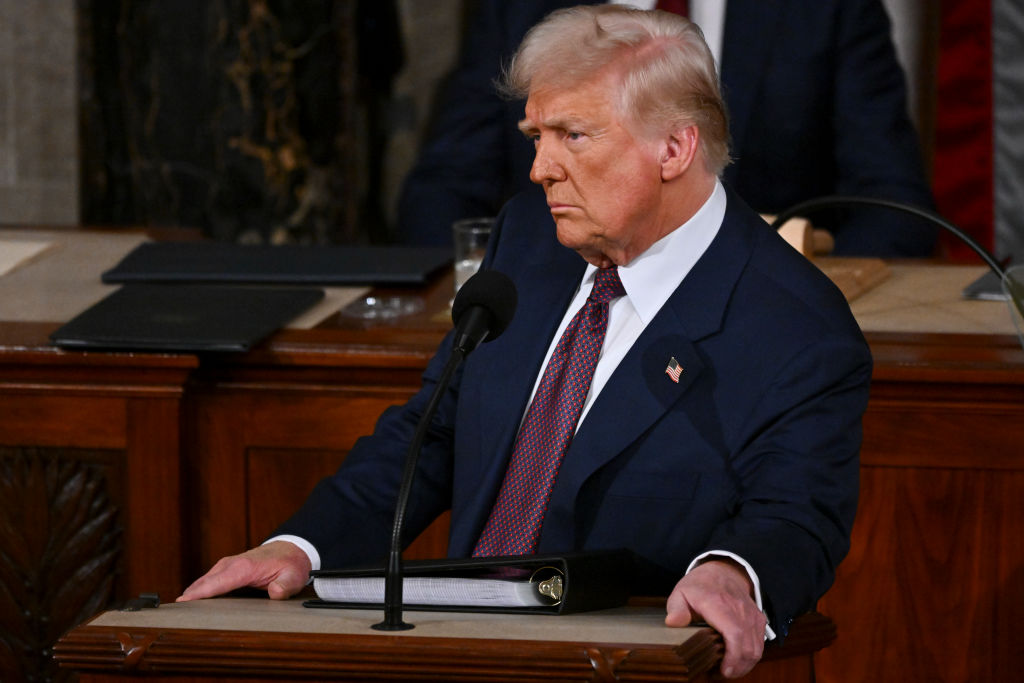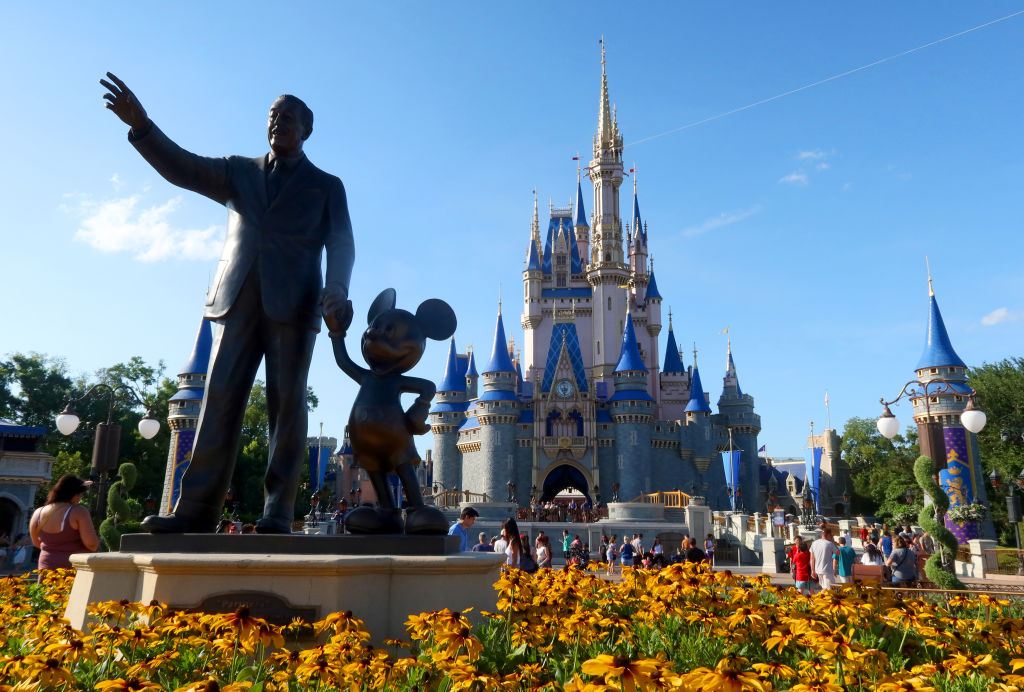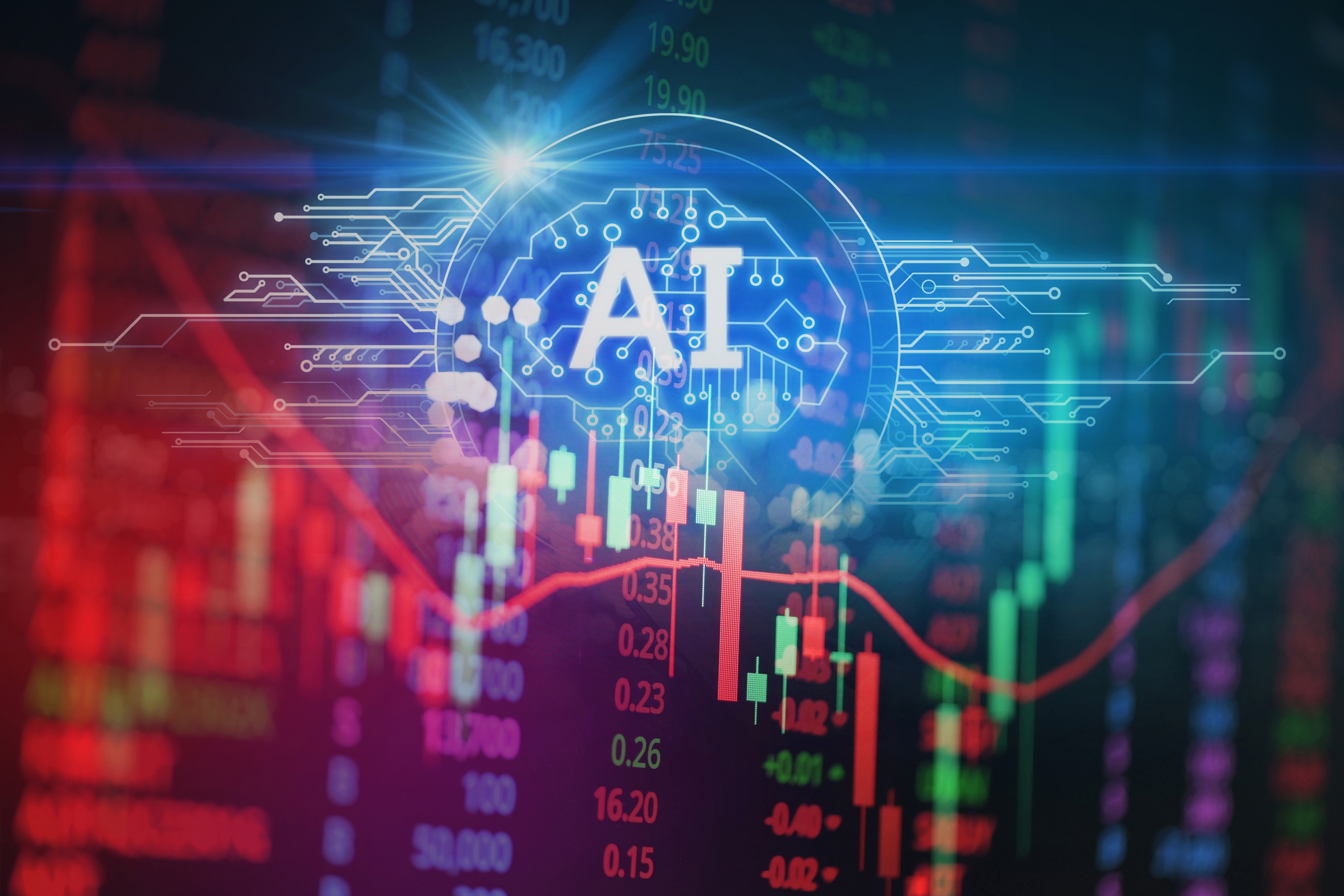Kiplinger Retail Outlook: Consumer Spending Surprisingly Strong
E-commerce sales jumped again in October, but in-store sales benefited, as well.

Kiplinger’s Economic Outlooks are written by the staff of our weekly Kiplinger Letter and are unavailable elsewhere. Click here for a free issue of The Kiplinger Letter or to subscribe for the latest trends and forecasts from our highly experienced Kiplinger Letter team.
Retail sales excluding motor vehicles and gasoline did well in October, rising 0.5%. Strong online sales growth of 1.8% accounted for most of that gain, though in-store sales rose a solid 0.3%, as well. Rebounds from September’s declines took place in furniture and home furnishings, clothing and sporting goods. Miscellaneous store sales continued their surge, and even department stores did unusually well. Motor vehicle sales were the only fly in the ointment, falling 1.6%, but much of that was related to the expiration of EV tax credits at the end of September.
Restaurant and fast food sales saw an unusual decline in October. But spending on services excluding dining rose a healthy 0.4% in September. (September is the latest month for which services spending data other than dining are available.)
From just $107.88 $24.99 for Kiplinger Personal Finance
Become a smarter, better informed investor. Subscribe from just $107.88 $24.99, plus get up to 4 Special Issues

Sign up for Kiplinger’s Free Newsletters
Profit and prosper with the best of expert advice on investing, taxes, retirement, personal finance and more - straight to your e-mail.
Profit and prosper with the best of expert advice - straight to your e-mail.
Holiday sales should grow around 4.2% from a year ago, with informal reports from Black Friday and Cyber Monday showing another strong increase from 2024. (The release date for official November data has not been announced yet.) This season’s sales pace is about on par with last year, though it will represent less growth in real spending because inflation has been higher this year. There is evidence that consumers are economizing, particularly moderate and lower-income households. In credit card data, the average transaction value for services has declined, even though the number of transactions has increased. That means that consumers are trading down, such as by choosing fast food instead of full-service restaurants.
Consumer spending growth is likely to be weaker going into next year because there are too many economic headwinds. Consumer sentiment measures appear to be softening again. The hiring slowdown in the labor market is creating job anxiety, even among those who are employed. Households tend to cut spending and add to savings when the possibility of losing a job looms. If the unemployment rate or initial claims for unemployment rise, that fear will intensify. Also, price increases caused by tariffs are starting to show up among home furnishings and other imported goods in the Consumer Price Index (CPI). Price increases could become more prevalent as inventories of goods that were stockpiled ahead of the tariffs start to run down and merchants begin passing on the cost of tariffs on goods they have imported recently. Consumers should pull back on buying imported goods as this happens.
There will be two tailwinds, however: Stock market capital gains distributions are likely to be strong at the end of the year, so there could be a spending bump among wealthier households when this happens. Motor vehicle purchases may get a boost, for example. Second, tax refunds in March and April should be larger than normal, especially in the Northeast and Pacific Coast states, given the lifting of the cap on state and local tax deductions on federal returns.
Related content
Profit and prosper with the best of Kiplinger's advice on investing, taxes, retirement, personal finance and much more. Delivered daily. Enter your email in the box and click Sign Me Up.

David is both staff economist and reporter for The Kiplinger Letter, overseeing Kiplinger forecasts for the U.S. and world economies. Previously, he was senior principal economist in the Center for Forecasting and Modeling at IHS/GlobalInsight, and an economist in the Chief Economist's Office of the U.S. Department of Commerce. David has co-written weekly reports on economic conditions since 1992, and has forecasted GDP and its components since 1995, beating the Blue Chip Indicators forecasts two-thirds of the time. David is a Certified Business Economist as recognized by the National Association for Business Economics. He has two master's degrees and is ABD in economics from the University of North Carolina at Chapel Hill.
-
 'Donroe Doctrine' Pumps Dow 594 Points: Stock Market Today
'Donroe Doctrine' Pumps Dow 594 Points: Stock Market TodayThe S&P 500 rallied but failed to turn the "Santa Claus Rally" indicator positive for 2026.
-
 The Wealth Equation: Balancing Money and Stress
The Wealth Equation: Balancing Money and StressSponsored Don’t let assets be a liability that strains your family.
-
 Is Your Emergency Fund Running Low? Here's How to Bulk It Up
Is Your Emergency Fund Running Low? Here's How to Bulk It UpIf you're struggling right now, you're not alone. Here's how you can identify financial issues, implement a budget and prioritize rebuilding your emergency fund.
-
 Special Report: The Future of American Politics
Special Report: The Future of American PoliticsThe Kiplinger Letter The Political Trends and Challenges that Will Define the Next Decade
-
 Disney’s Risky Acceptance of AI Videos
Disney’s Risky Acceptance of AI VideosThe Kiplinger Letter Disney will let fans run wild with AI-generated videos of its top characters. The move highlights the uneasy partnership between AI companies and Hollywood.
-
 AI Appliances Aren’t Exciting Buyers…Yet
AI Appliances Aren’t Exciting Buyers…YetThe Kiplinger Letter Artificial intelligence is being embedded into all sorts of appliances. Now sellers need to get customers to care about AI-powered laundry.
-
 What to Expect from the Global Economy in 2026
What to Expect from the Global Economy in 2026The Kiplinger Letter Economic growth across the globe will be highly uneven, with some major economies accelerating while others hit the brakes.
-
 The AI Boom Will Lift IT Spending Next Year
The AI Boom Will Lift IT Spending Next YearThe Kiplinger Letter 2026 will be one of strongest years for the IT industry since the PC boom and early days of the Web in the mid-1990s.
-
 Shoppers Hit the Brakes on EV Purchases After Tax Credits Expire
Shoppers Hit the Brakes on EV Purchases After Tax Credits ExpireThe Letter Electric cars are here to stay, but they'll have to compete harder to get shoppers interested without the federal tax credit.
-
 Amid Mounting Uncertainty: Five Forecasts About AI
Amid Mounting Uncertainty: Five Forecasts About AIThe Kiplinger Letter With the risk of overspending on AI data centers hotly debated, here are some forecasts about AI that we can make with some confidence.
-
 Worried About an AI Bubble? Here’s What You Need to Know
Worried About an AI Bubble? Here’s What You Need to KnowThe Kiplinger Letter Though AI is a transformative technology, it’s worth paying attention to the rising economic and financial risks. Here’s some guidance to navigate AI’s future.